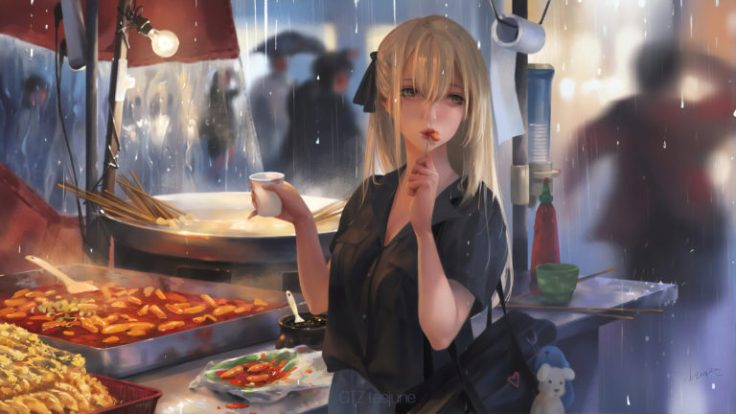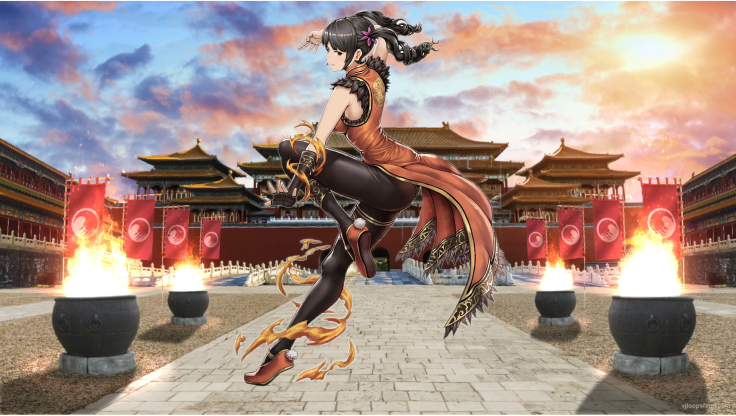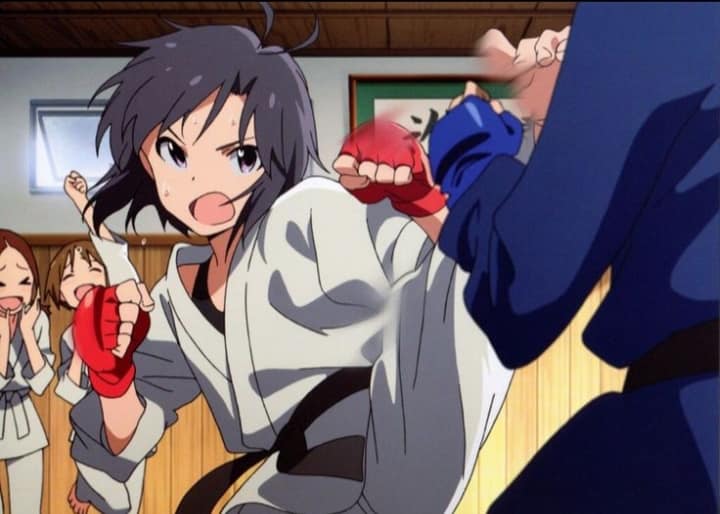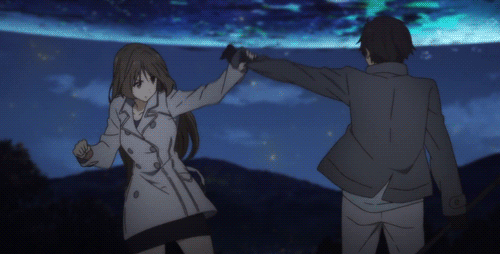
Now that thousands and thousands of Taoist and Buddhist temples have been boarded up, condemned, or razed to the ground, the plights of the monks and the temple members are quite clear.
Most monks, stripped of their rights to wear the cà sa–monk robes–must don regular clothes and meld into mainstream society. The people carry on, doing what they can with whatever holy relics that they have been able to salvage that has not been completely destroyed.
But what happens to the incarcerated ghosts who have not had the chance to be liberated before the temple was condemned and bricked off? Has any monk been able to sneak back into the temples to release them, or are they stuck in that purgatory prison when the temple was razed, without giving the monks a chance to retrieve anything?
I think I know the answer to that question.
Vietnamese hungry ghosts vs Chinese hungry ghosts
 In my previous post, Hungry Ghosts 4: Temple for Spirit Imprisonment, I detailed a temple in north Vietnam that houses the largest penitentiary for incarcerated spirits, but I also stated that I felt these spirits are hardly ‘contained’.
In my previous post, Hungry Ghosts 4: Temple for Spirit Imprisonment, I detailed a temple in north Vietnam that houses the largest penitentiary for incarcerated spirits, but I also stated that I felt these spirits are hardly ‘contained’.
It seemed to me as if they were only hanging around the temple out of expediency and to take advantage of the free room-and-board, such as it is, since it’s still far better than being homeless. It’s as if the monks cannot contain the spirits very well.
But these are Vietnamese hungry ghosts, chilling out with their Viet compadres, and being cared for by Vietnamese monks, who have been dealing with these spiritual conundrums for thousands of years.
It’s safe to say they have a lot of experience dealing with the spiritual needs of the common villager, dead or alive, and judging how they treat the villagers as well as the ghosts, the monks seem to be mostly lenient and forgiving. I have no idea how Chinese ghosts will fare, but I do have some idea of the possible ramification.
As I stated before, karma is the one thing that you can always count on to deliver in equal doses, exactly what you send out into the universe. It follows your thoughts because your thoughts are powerful. Once you make a wish and fling it out there into the universe, it will go about its business, creating the perfect environment whereby your wishes are granted, and then it comes back to you and proudly presents the results.
Good karma delivers good results. Bad karma…well…you know…it produces crap results.
Here’s a crap karmic backwash for you

China has thousands of Buddhist clerics but no spiritual leader of international standing, say monks and academics, screams the headlines of an online newspaper.
And I was like…wait, what about Master Hsing-Yun and Master Sheng-Yen. They’re pretty famous! But then I realized I was thinking about the Taiwanese and not the Chinese (are Taiwanese considered Chinese?). In any case, we Viets also have Thích Nhất Hạnh, a Vietnamese Buddhist monk who’s pretty well-known also, so yay us! I can’t think of a single famous Taoist master except Old Dude…but I digress. We were talking about the article.
This is an article dated September 21, 2018, when all the major crackdown on temples were just starting to rear its ugly head. The article starts off with a strange and ominous statement.
When filmmakers descended on China’s ancient Shaolin Monastery to make the 1986 box office hit Martial Arts of Shaolin starring Jet Li, they were shocked to find no monks.
Of course not. All the real monks had been dragged off to concentration camps to make cheap Christmas ornaments 17 hours a day and given very little to eat. It’s not a stretch to extrapolate that they have now turned into hungry ghosts that roam the wild forests of China.
So what happens to a society when all their spiritual leaders have been wiped out? Just look at the people of China now. You don’t even need to dig very far. The article states that even as early as 1986, Buddhism had already turned into a sham.
The monastery’s reputation as a centre for kung fu had remained intact but the Buddhist practice behind the martial art had vanished, according to former Hong Kong actress Mary Jean Reimer.
“It was occupied by peasant-style security guards. Even the incense burners were sealed with boards,” said Reimer, a Buddhist devotee who was at Shaolin with her director husband Lau Kar-leung.
Reimer said the monks in the film were all played by martial arts practitioners. Many of them continued performing for temple visitors after the film became a hit, even though few, if any, of them followed any Buddhist discipline, she said.
What she is talking about is that even in the 1980s, Buddhism had already devolved into a shell of its former glory, under the Chinese communist rule. The massive ancient temples, once used for the teachings of the Way towards enlightenment has been turned into massive kung fu Võ đường. ̣
Võ đường vs Đạo đường

I am really sorry. I have no idea what Chinese people call a place used for martial arts training.
- The Japanese call it a Dojo (Do means Tao. Jo means area – Area to practice the Tao).
- The Koreans call it a DoJang (Do means Tao. Jang means place – A place to practice the Tao)
We Vietnamese have a couple of words to indicate this, and they are very distinctive.
- The Võ đường (Võ means martial, đường ̣means house or main hall – House to practice martial arts) is non-secular and teach martial arts without the philosophy of the Tao or any Buddhist guidelines. The Võ đường is mostly used for training soldiers and warriors who need quick fast guidelines on fighting skills so they can go to war and not die so fast.
- The other word we use is Đạo đường ̣(Đạo means Tao, đường ̣means house or main hall – House to practice the Tao). When you use the word Đạo đường, it is understood that the martial arts is taught within the Taoist principles. This is the preferred method of martial arts training in Vietnam, as it develops a balanced person.
The Vietnamese word for this type of learning is văn võ song toàn, which means a perfectly balanced literate martial artist. Why is this important?

You cannot separate the two. If you do, you get either a very highly skilled fighter who has not been taught how to walk the compassionate path, and chances are, he or she will turn into a deadly bully, OR you get an educated but physically weak person who cannot stand up for himself or herself, and defend his or her home or country.
The Shaolin temple had been turned into a gymnasium for the teaching of the martial arts alone. Any philosophical teachings of Taoist compassion and mercy have completely disappeared. What you have left are highly skilled fighters with killer instincts but no đạo lý (Taoist principles). This is the vast majority of the Shaolin martial artists today. They don’t know what they have missed because several generations have now grown up without the guidance of the Taoist masters teaching martial arts.

Of course you can still find Taoist martial artists but they will not be found in the huge organized showplaces like the Shaolin Temples. They are most likely to be found in hidden areas of China, learning from their teachers in secret, because Taoists are not exactly welcomed in public arenas.
You can also go to Taiwan. Lots of Taoist martial artists there. Plenty also in other countries (like the USA) where they are able to practice without suppression.
As for the hungry Chinese ghosts—I think they all immigrated to Vietnam and are now hanging out at Hàm Long Temple.
…


I’m wondering how the martial arts temples are doing in China with the other repressive phenomena you’ve mentioned. I think at least up to several years ago they might have had more protection from the government but has that changed perhaps? It would be a shame if they closed. Do you know how the situation compares in Vietnam with the relationship between temples and the state?
LikeLike
The temples and churches in VN are doing great. They’ve been left alone to take care of the people’s spiritual needs. Of course, they will always state that it’s best to not be too superstitious, but as long as you pay your taxes, don’t cause too much trouble–ie kill people, rob places, become public nuisance, they pretty much let you pray to whoever you want. There are also some pretty large martial arts organizations in VN that are doing well too. As for China. At this time, it’s all hush hush. I don’t know what’s going on there.
LikeLiked by 1 person
https://internalartsmagazine.com/the-wuguan-gongzhou/ wu guan would be the name of the training hall. Martial arts in china had long been devastated since the white lotus and boxer rebellions 100+ years ago(not counting Maos onslaught) have destroyed multiple generations of wise and caring: Taoist and Buddhist monks. Many arts pre-1900 was either temple or family arts, but a spirit of Wu-de should have always pervaded in the families. Most of the temples would have had great cultivation. Clearly though as you stated those monks must be in disguise, i would argue that the Wu-de is there wise spiritual leaders do still exist, but not sticking their head out. Though much of Chinese greats and wisest have been despotically ushered out of china to places like Taiwan, USA, Europe, etc.
LikeLiked by 1 person